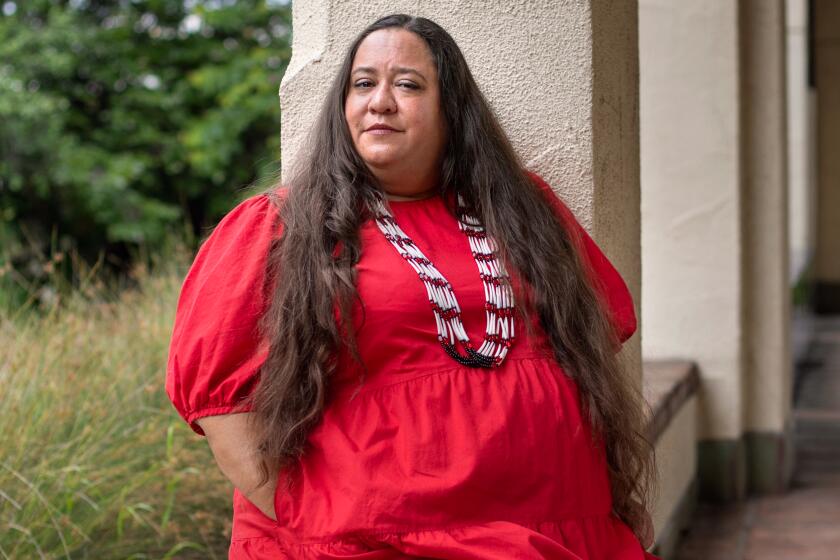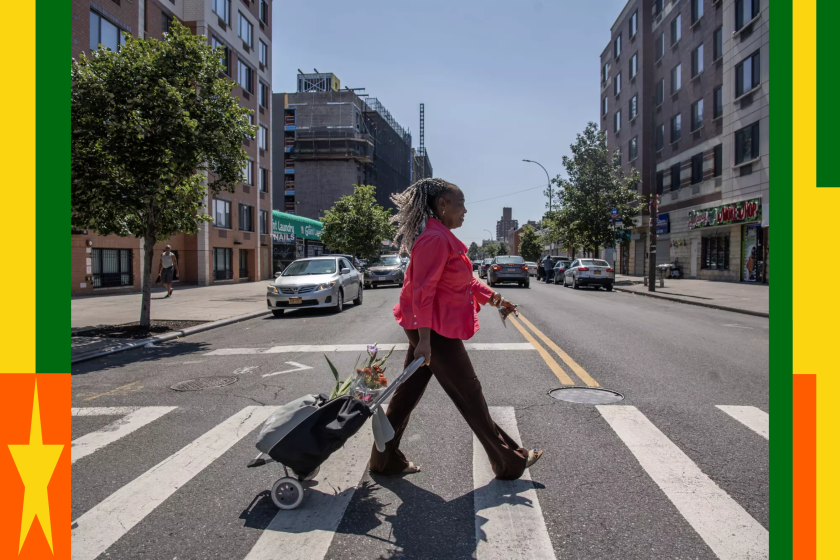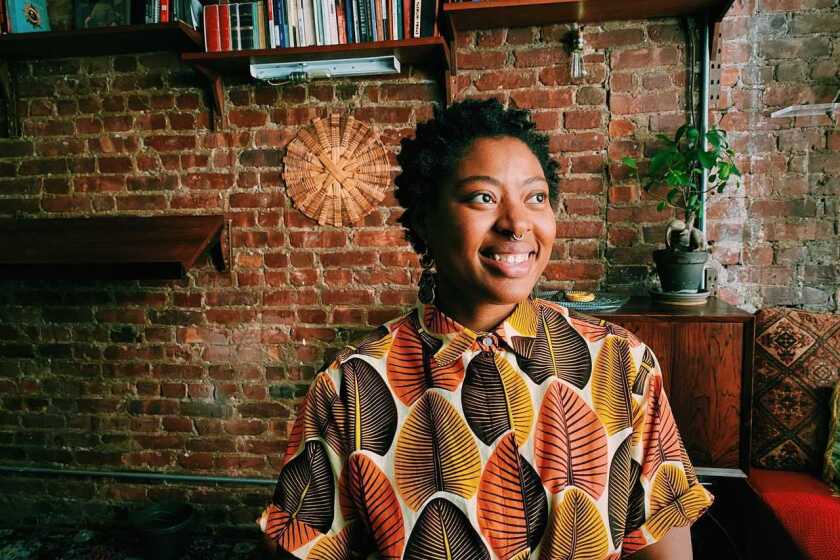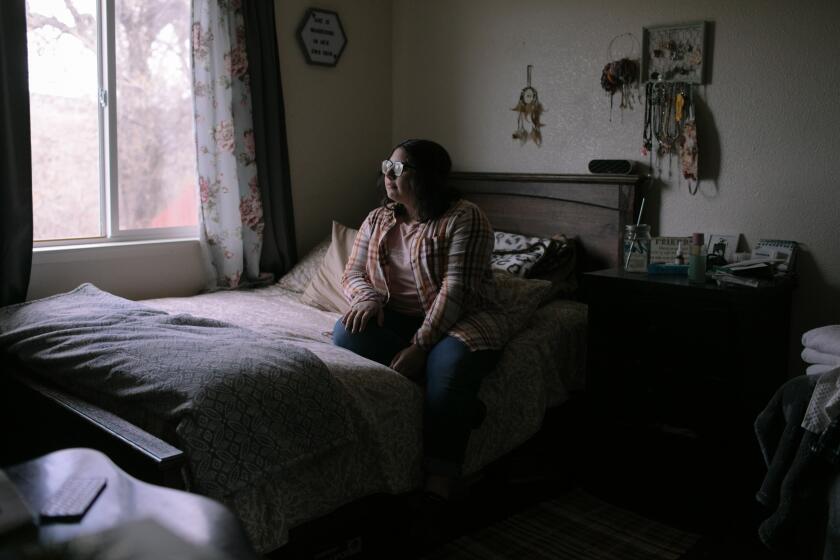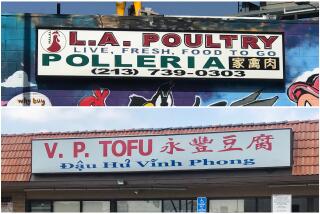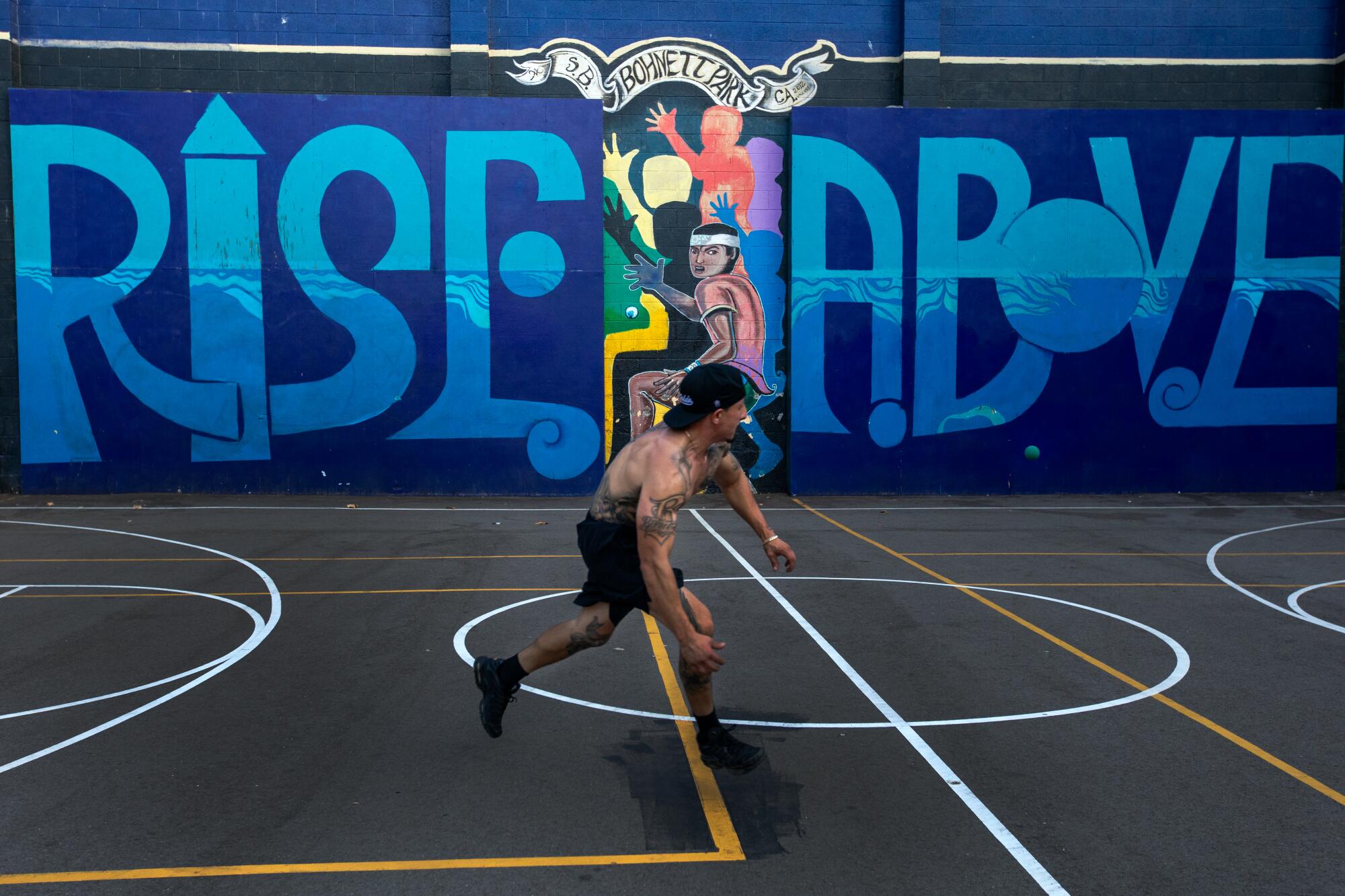
SANTA BARBARA — Michael Montenegro stands next to the most famous piece of street art in his hometown. It’s a mural at Ortega Park that depicts Mexican-American farm workers tending crops as the sun rises on the horizon.
Each figure’s hat represents a different color of the Mexican flag — white, green and red. Towering over them is what at first looks like an eagle spreading its wings. On closer inspection, it turns out to be the acronym for the United Farm Workers — UFW — a reference to this region’s ties to the Chicano labor movement led by Dolores Huerta and Cesar Chavez.
“Seeing these folks rising with the sun, with the glory of the eagle in the background, it’s very empowering,” says Montenegro, a 32-year-old local historian and blogger, of the mural by Manuel Unzueta.
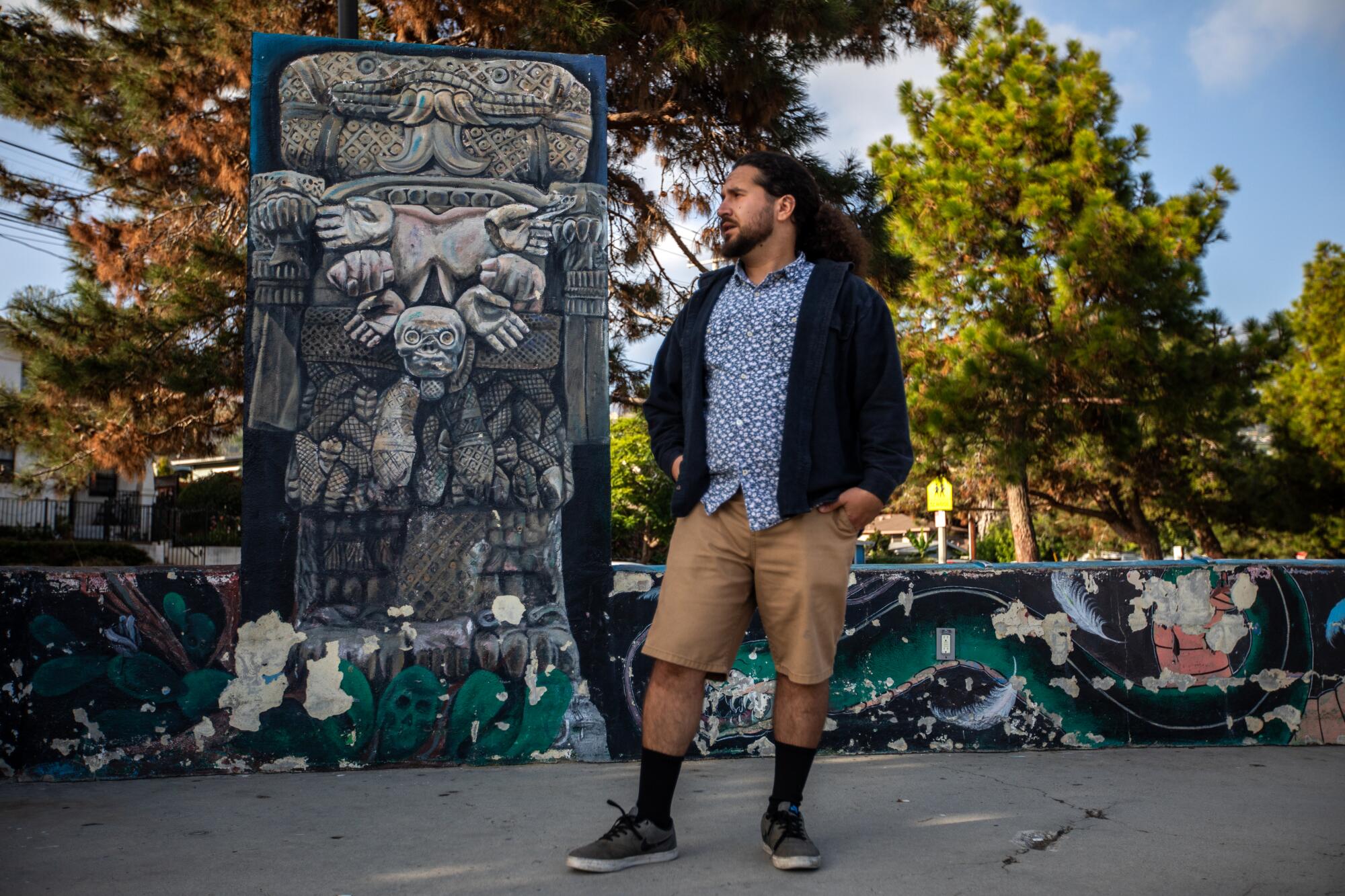
Montenegro began giving public tours of murals to showcase Chicano culture and pride in Santa Barbara as a personal “passion project” a decade ago. It has become his way of pushing back against the idea that only the wealthy and the white can find belonging in this lush beach town of 87,500 people.
Too often overlooked in a city known for its wine bars and super-rich residents, he says, is a reality that comes through in vibrant color on his tour. Latinos, who make up more than a third of the city’s population, are central to its existence.
Angela Mooney D’Arcy of the Sacred Places Institute for Indigenous Peoples says Native Americans and other historically oppressed Californians should share in the fight for reparations.
The murals, painted mostly by local artists, comprise a portrait of a Santa Barbara that’s dramatically different from the one suggested by a recent viral video that sparked outrage and a protest against racism.
Former UC Santa Barbara professor Jeanne Umana, who is white, was captured on the video calling construction worker Luis Cervantes a “Tijuanan” during an argument at a home where he was working. She also appears to slap away his phone. Umana later apologized, but police are recommending hate crime, battery and trespassing charges against her.
Though Montenegro attended the demonstration against the woman and felt gratified by the collective soul searching over racism and white privilege that ensued, he wasn’t surprised by the behavior shown in the clip.
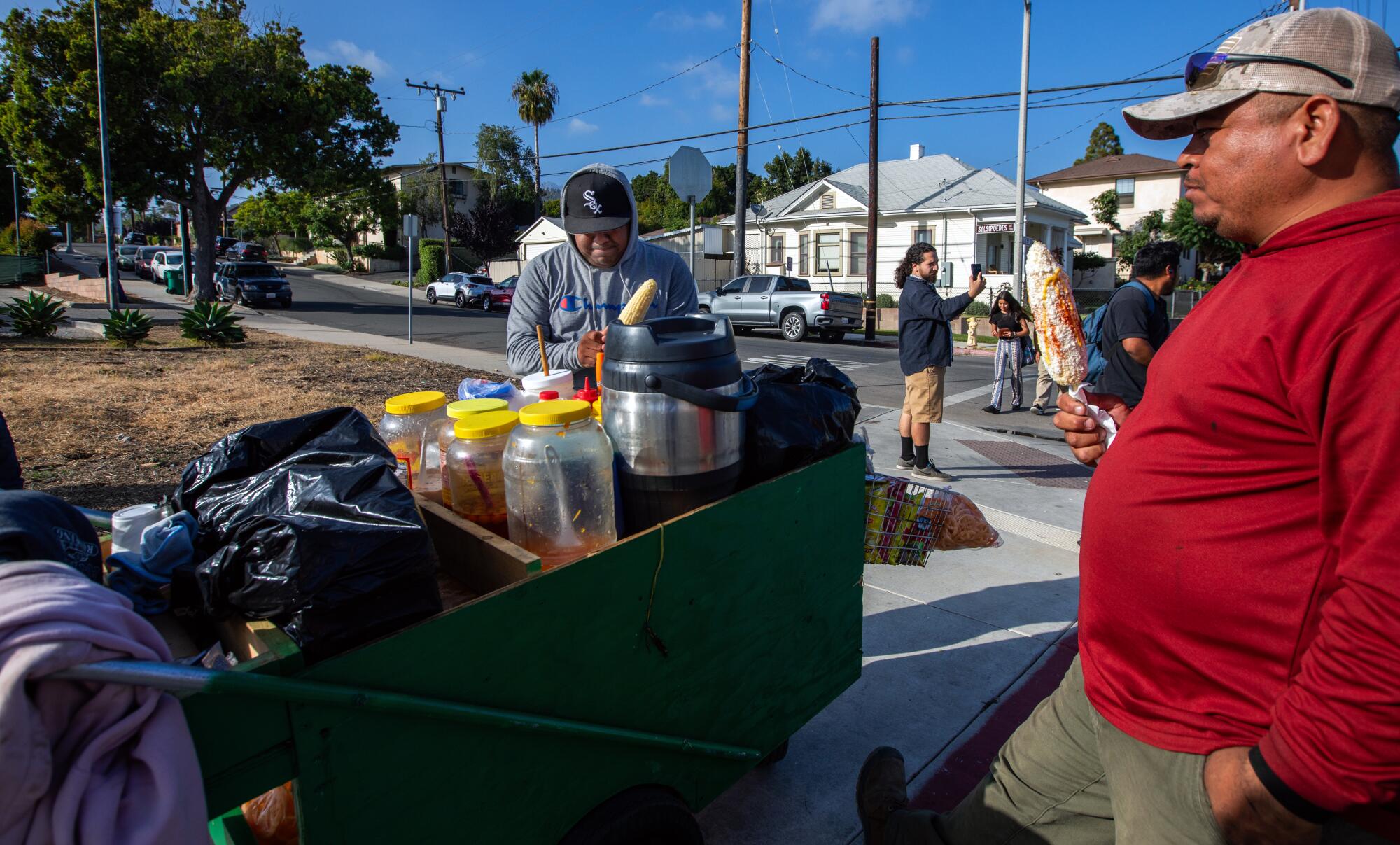
After all, he says, “Santa Barbara is infamous for microaggressions,” despite its progressive politics and laid-back atmosphere.
On his tours, Montenegro makes it a point to stop at Ortega Park, in the historically Latino Eastside neighborhood where he grew up.
“In East L.A., there’s Salazar Park. In San Diego, they’ve got Chicano Park. We’ve got Ortega Park,” he says. “I call it the heart of Santa Barbara.”
Montenegro says he started offering tours to visitors, local college students and others “to educate white folks about brown folks” in a city where many don’t believe they have a problem with race or elitism.
Jamaica native Winsome Pendergrass is part of a surge of immigrants from Africa and the Caribbean. She supports solidarity among Black Americans, but has been shunned in return.
“This is not your typical bougie college town,” he says. “There’s this other side.”
“We do the cleaning; we take care of the kids; we do the construction,” Montenegro says. “When it comes to the Latino community, the brown community, the Spanish-speaking community, the undocumented community, we are the backbone of Santa Barbara.”
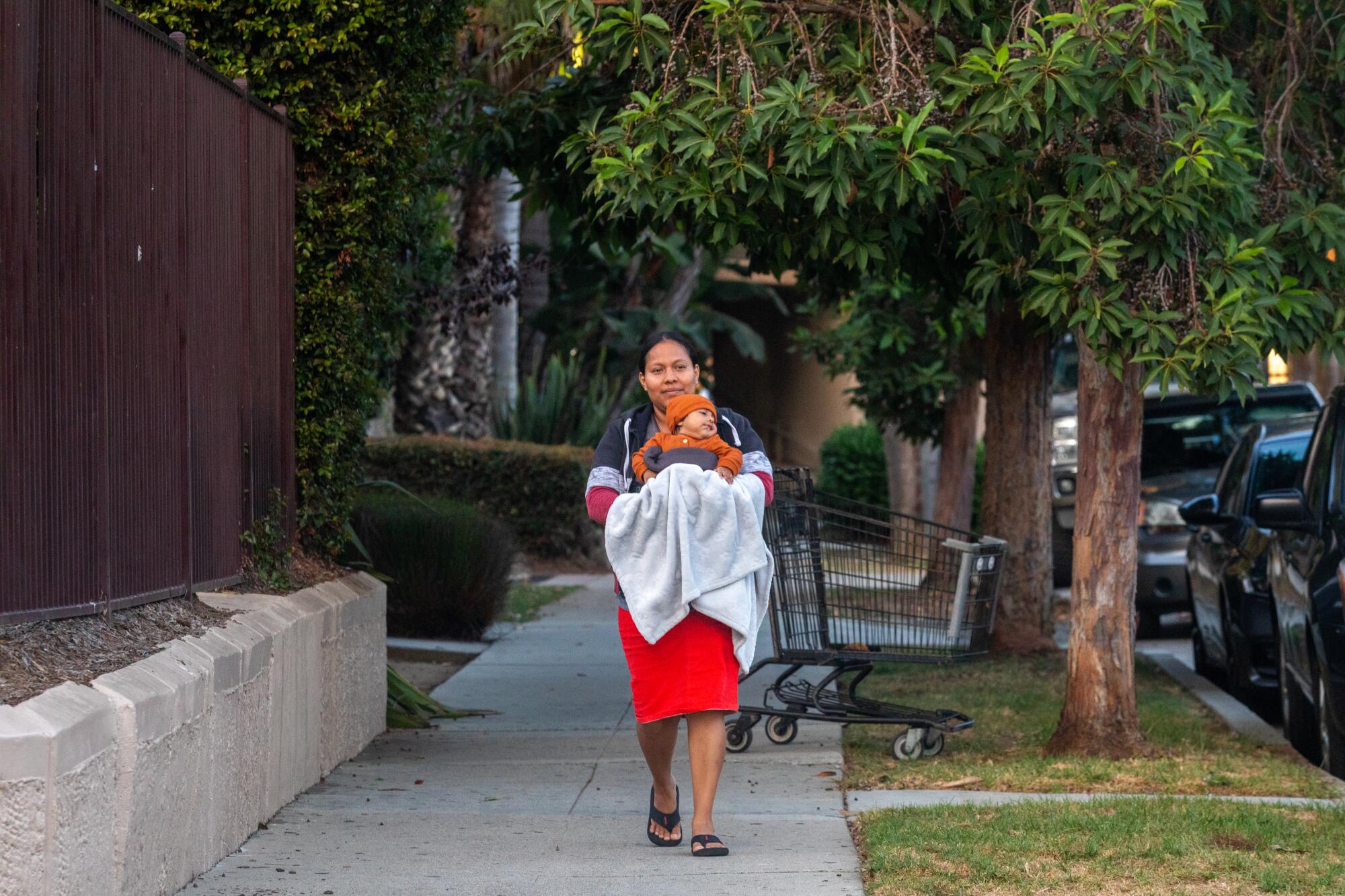
On Milpas Street, the main commercial strip on the Eastside, there are Latino-owned businesses and on the side streets, families live in Craftsman-style cottages. At lunchtime, people from all over town form a line that stretches out the turquoise-painted door at La Super-Rica Taqueria. A few steps down the street at El Potrillo Western Wear, every square foot of available space is stacked with cowboy boots, hats and rodeo outfits.
A beauty salon owner who didn’t want her name used raves about the city’s openness and brushes off any suggestion that it’s unwelcoming for her or other Latinos.
The Eastside is just one part of Santa Barbara where the Latino presence can be seen and felt.
On the city’s Westside, where Montenegro now lives, another Latino neighborhood of one-story shops and small, older houses centers around San Andres and Micheltorena streets. The intersection is bustling on a weekday afternoon. Sweet aromas waft from a Mexican bakery each time a customer enters, residents wash their clothes at a corner laundromat and teens walk home from school among overgrown tropical plants and succulents that make sidewalks feel like gardens.
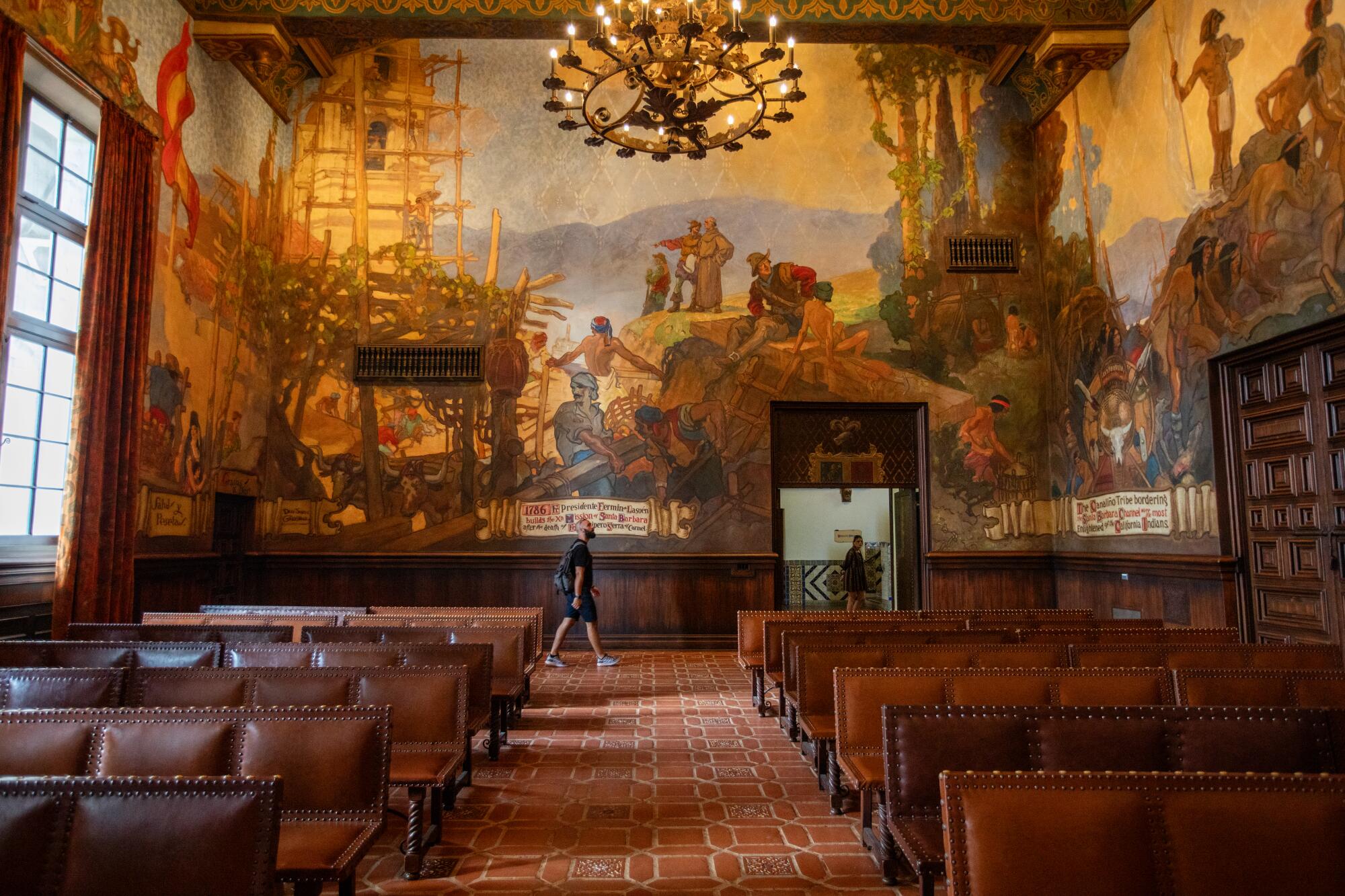
Montenegro begins his tours in this neighborhood near Bohnett Park, where kids check out books from a mobile library against the backdrop of a mural also by Unzueta promoting sports and fitness.
“Si Se Puede,” or “Yes you can,” is painted in chunky graffiti type over images of Serena Williams and other brown and Black female athletes. Those words are fortifying to Montenegro — he raises his pant leg to show that they are tattooed above his knee.
On the right side of the mural, retired surfing legend Bobby Martinez, a Santa Barbara native and hometown hero, rides a gnarly wave.
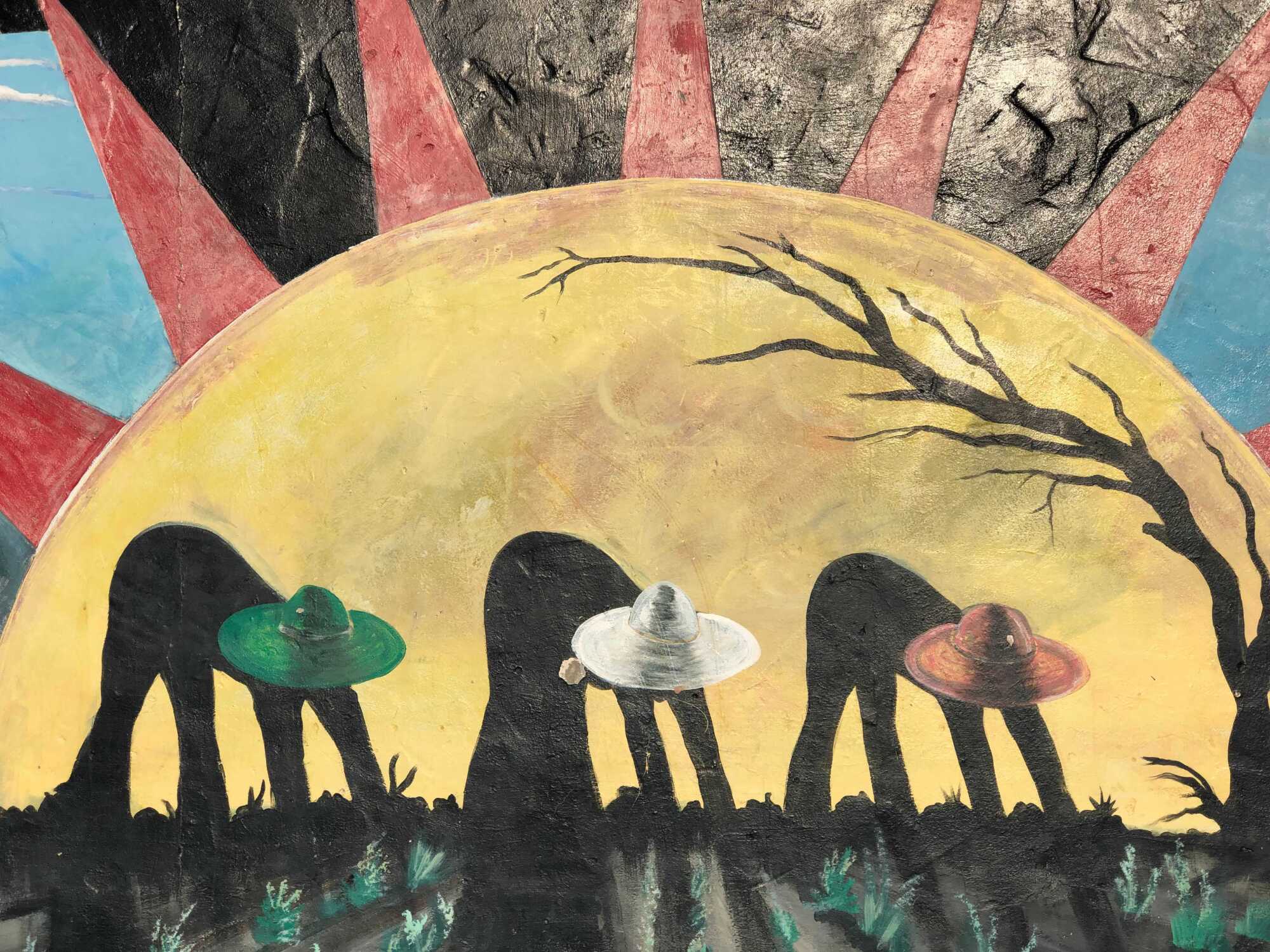
The mural’s affirming images and inspirational phrases help Latinos internalize the idea that anyone can realize dreams in Santa Barbara, not just the owners of the countless mansions that climb the foothills of the city’s “Riviera” district, Montenegro says.
Moving on to the downtown core, where Mission revival buildings evoke a whitewashed Andalusian village, Montenegro stops at a mural so cherished it’s housed behind glass next to the city’s art museum entrance. Painted by the Mexican social realism muralist David Alfaro Siqueiros in 1932 when he was in exile in Los Angeles and later donated to the museum, it shows two Indigenous women and a child seated not far from a corrupt Mexican corrupt politician, with the American financier J.P. Morgan visible on the sidelines.
Montenegro says his intent is not to use points of cultural pride to paper over the problems that can make Santa Barbara a difficult place for people of color to live — among them the high cost of living and audacious displays of white privilege that he colloquially refers to as “caucasity.”
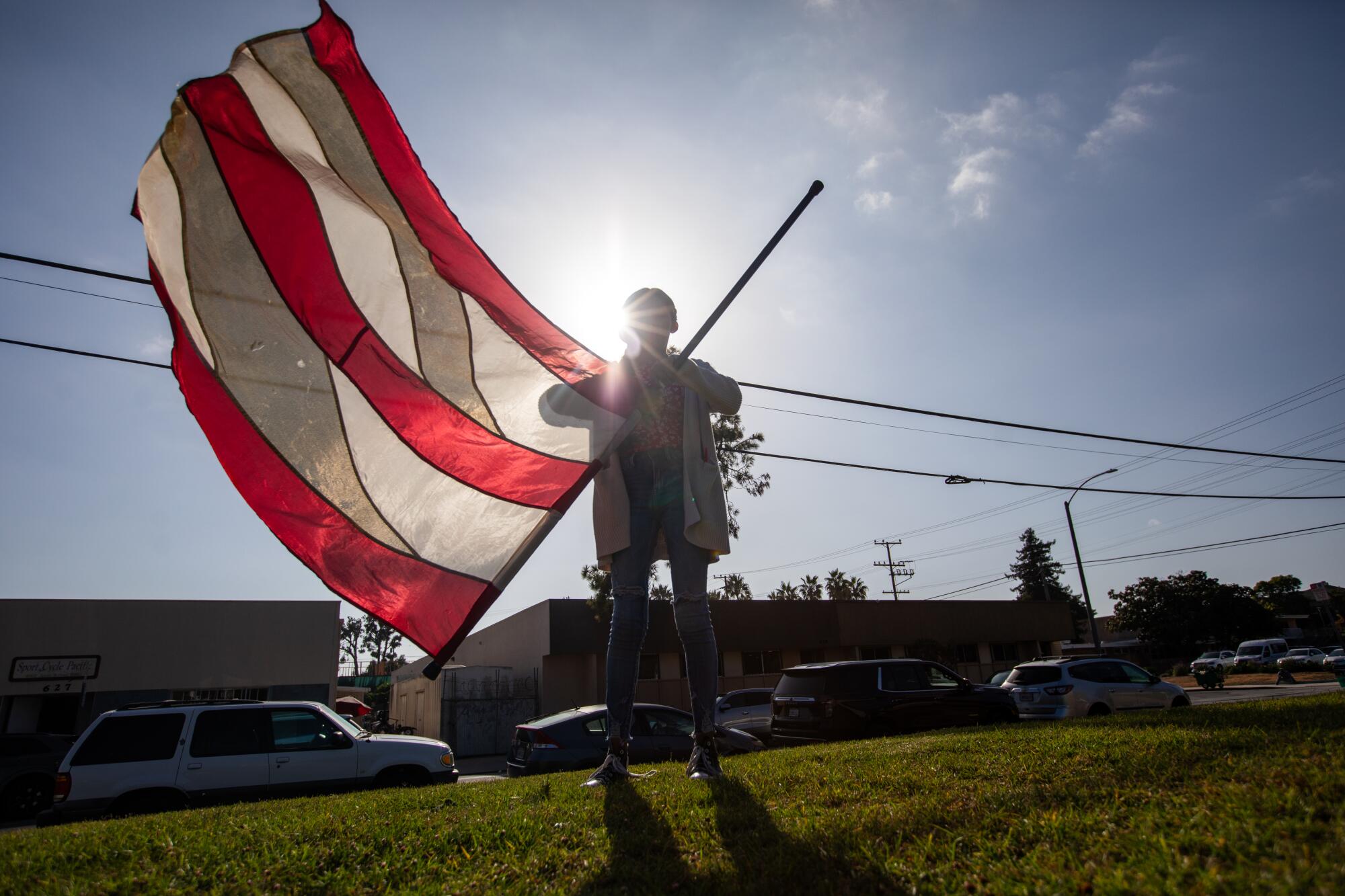
“There are brown professionals who are like professors, journalists, doctors, police officers who still get discriminated against as ‘the help’ and aren’t necessary valued the same” as their peers, Montenegro says.
But since the murder of George Floyd in 2020 in Minneapolis, he’s seen a shift in how residents address race relations. He uses one word to sum up what feels different in Santa Barbara today: Empathy. It’s hard to know what exactly changes people’s hearts, but he believes efforts like his have contributed to this evolution.
Among those in the city who’ve also helped foster this new openness is Montenegro’s friend and former mayoral candidate James Joyce III, a diversity and equity consultant who launched his own passion project in 2016 to encourage dialogue and understanding across racial lines — a social venture called Coffee with a Black Guy. The service offers exactly as the name implies, Joyce says. He sits down with individuals, groups and families who enlist him for unfiltered talks about racial bias and belonging, using hot java and his own Black experience to break the ice.
One thing he’s learned about Santa Barbara, which is only about 2% Black, is that it isn’t the kind of place where you’ll see people riding around with Confederate flags in their cars or holding white nationalist rallies.
“It’s a little more cloaked than that,” says Joyce, 43.
California archaeologist Ayana Omilade Flewellen sees the war on AP Black studies and other teachings as a sign that America isn’t ready to confront injustice.
Still, he says, there are plenty of uncomfortable issues to unpack. The school district launched an effort to counter anti-Black incidents of Latino students attacking Black students. He’s been called the n-word by both white and Latino residents since moving to the city in 2013. At the root of it all, he says, is a culture of white supremacy that’s so ingrained that even some people of color embrace that mentality, despite being subjected to it themselves.
Even so, Joyce agrees with his friend that it is the people of color and the working class of Santa Barbara who collectively give the city its soul.
Montenegro ends his tour at Ortega Park, where you can figuratively and literally follow in the footsteps of Chicano activists and ordinary residents alike who have shaped this city for the better.
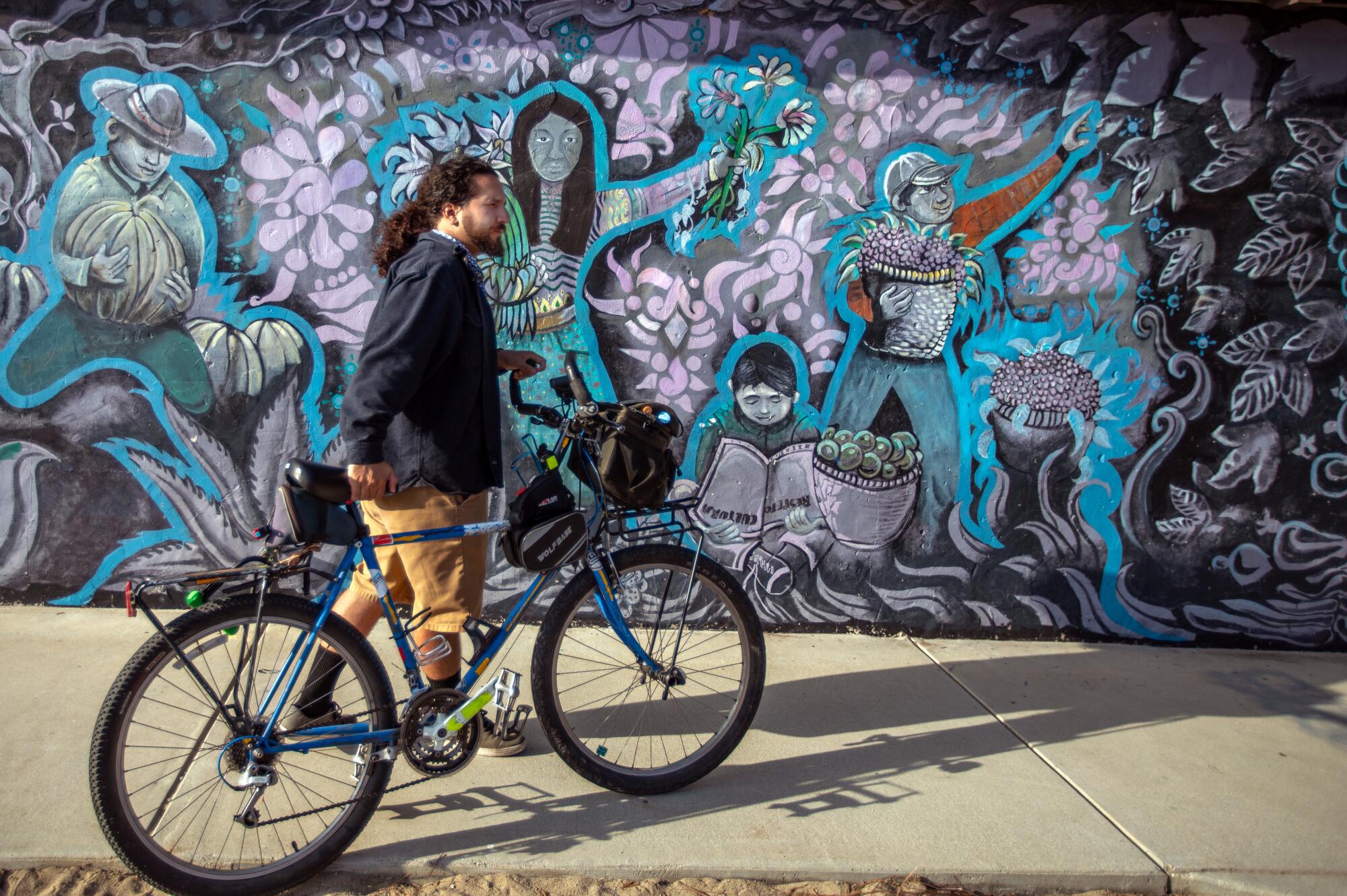
The afternoon sun casts a golden light on a solitary teen shooting hoops at the basketball court. Seniors chatter in Spanish while playing cards at a picnic table.
On the wall of a small building, a beach scene by Carlos Cuellar bridges centuries and cultures with depictions of Chicanos in modern times swimming with dolphins and playing in the sand next to a member of the Chumash people, who’ve inhabited this region for thousands of years, sitting next to one of the tribe’s dug-out tomol canoes.
Painful historical truths hide beneath the paint of the park’s uplifting murals, Montenegro says.
The land the park sits on had served as the city’s dump from the era of Spanish colonial rule up to the early 20th Century. Discriminatory housing practices forced working-class Mexican-American, Black and other residents to live around the eyesore. They banded together to turn the site into a public space.
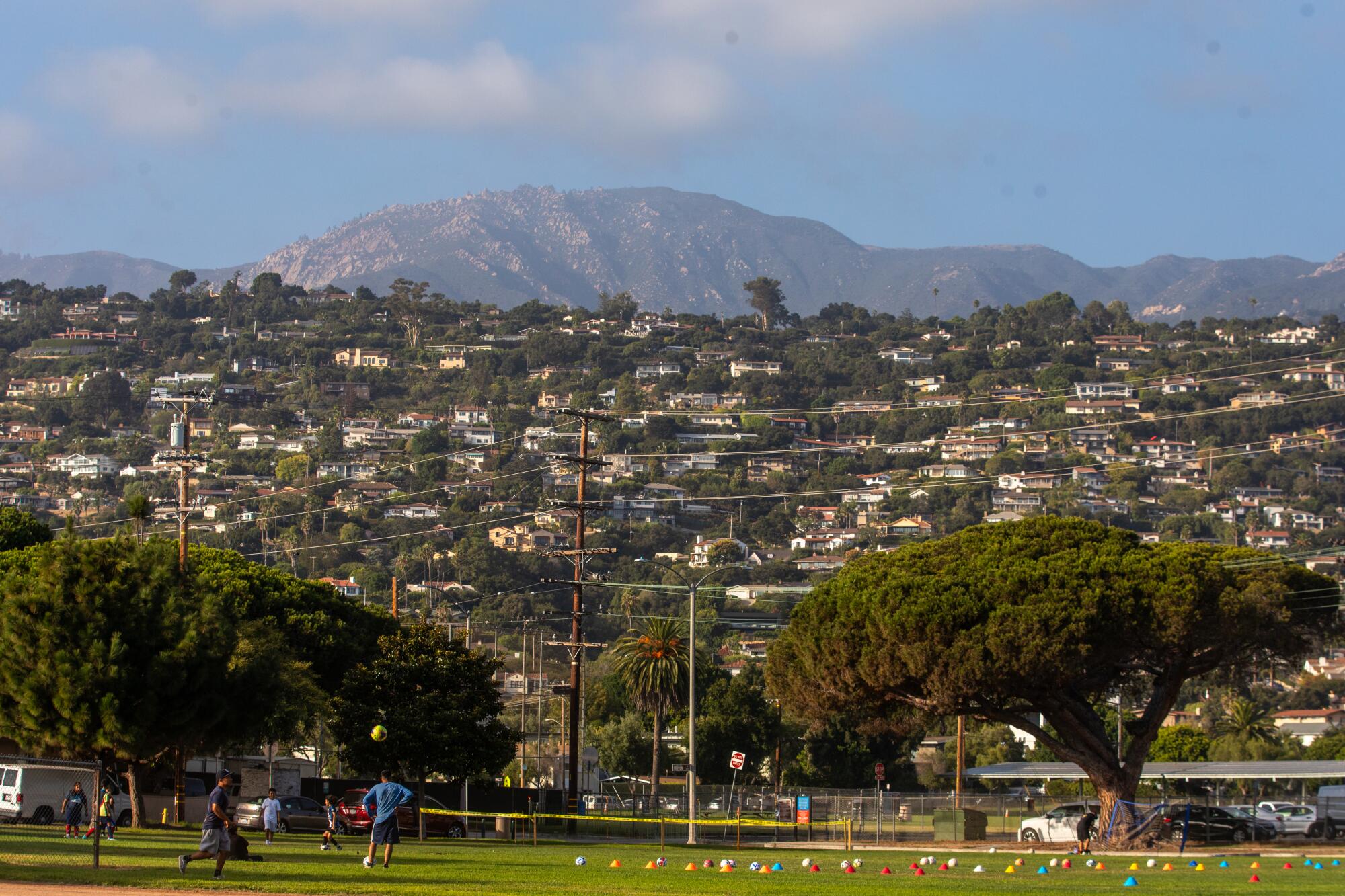
That fierce community spirit only grew stronger over the years.
“When it comes to the civil rights movement, the Chicano movement ... demonstrations and rallies were going down here,” Montenegro says.
This section of the park contains the remains of an outdoor theater that was dedicated to the pioneering Los Angeles Times journalist Ruben Salazar, a champion of Chicano rights who was killed by an L.A. County Sheriff’s deputy during the National Chicano Moratorium March against the Vietnam War in 1970.
Montenegro says that after Salazar’s death, residents of this neighborhood were so outraged that many drove into Los Angeles to join demonstrations in the reporter’s honor. The subsequent beautification of Ortega park, including the painting of the murals, came as a response to calls for neighborhood improvements that followed Salazar’s killing, he says.
The conflict over ethnic studies reveals painful truths in Paso Robles.
When the park was renovated in 1975, the developer invited young people to write messages in the drying cement of a section of sidewalk.
Montenegro scans this ad hoc time capsule of overlapping names and inscriptions until he locates the one he’s looking for — the words “Chicano Power.”
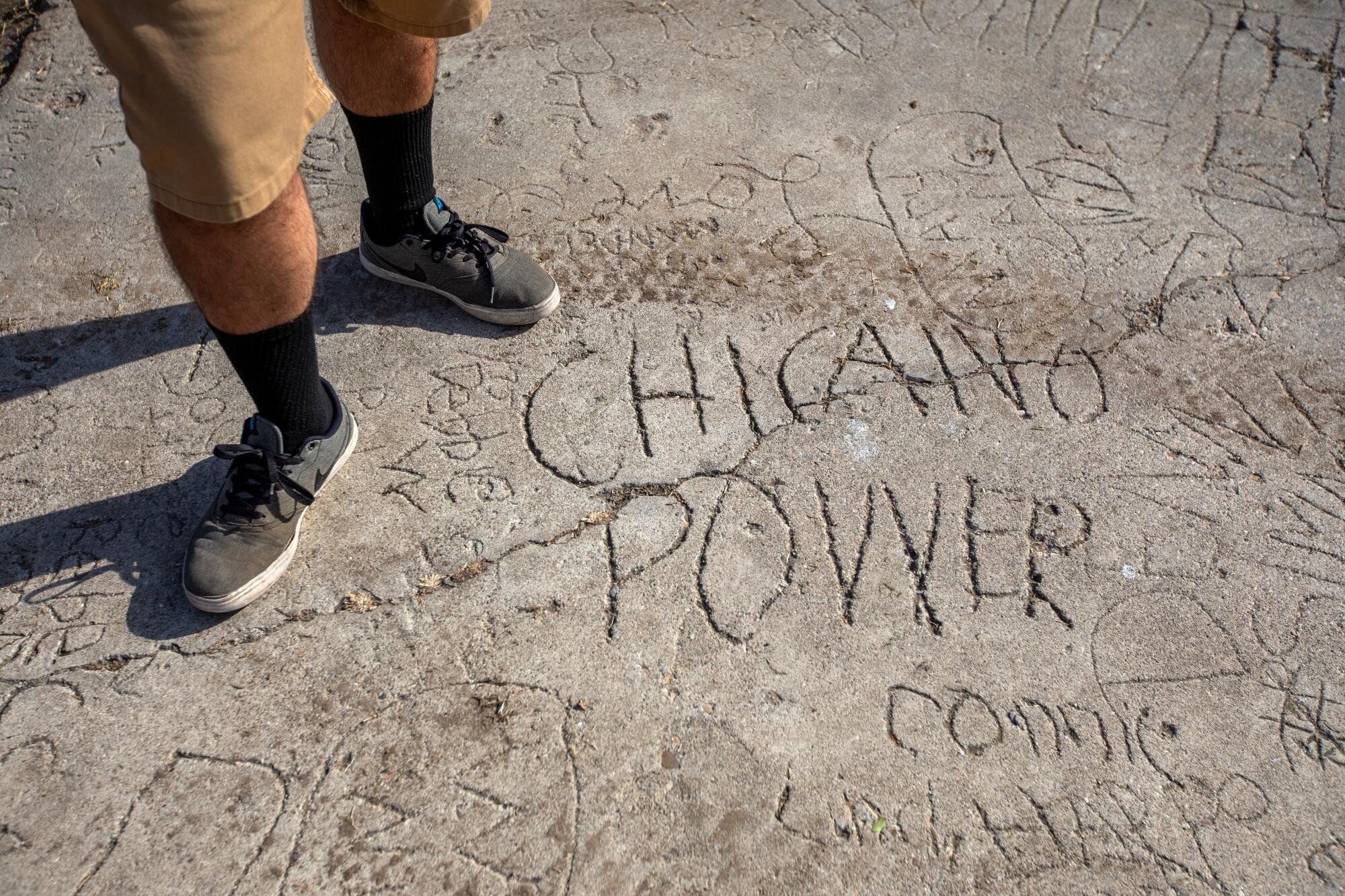
“For us, it’s kind of like ‘Black Power,’” he says.
The inscription may have been written nearly 50 years ago but it sends a charge through Montenegro that makes him stand tall.
Words spouted in a viral video may serve to dismiss and erase Latinos in the minds of some, but Montenegro wants all to know what the street art, in all of its forms, makes clear: “We’re still here.”
More to Read
Sign up for Essential California
The most important California stories and recommendations in your inbox every morning.
You may occasionally receive promotional content from the Los Angeles Times.
